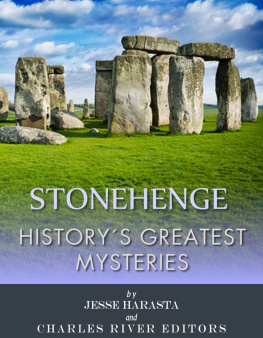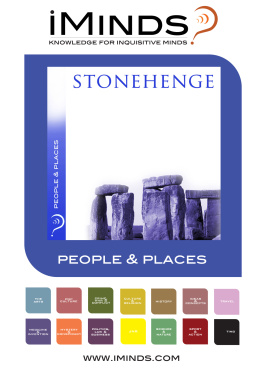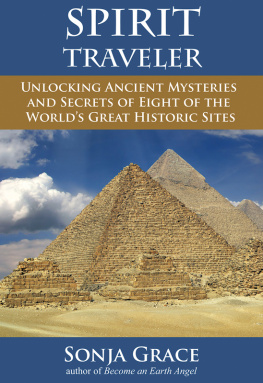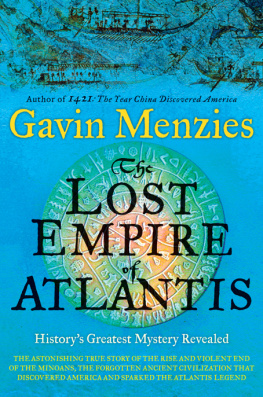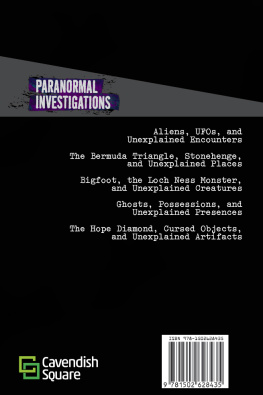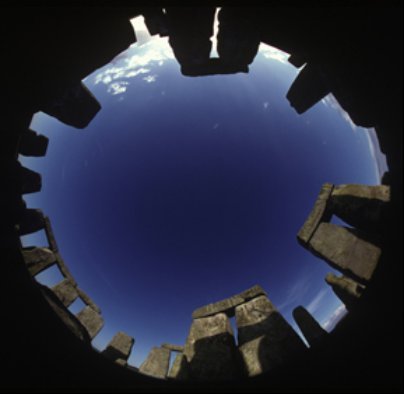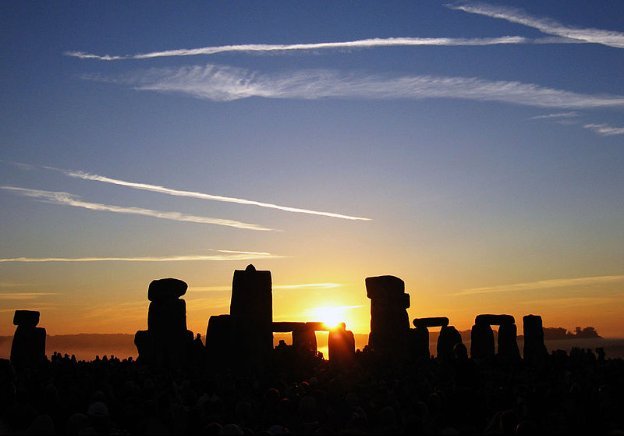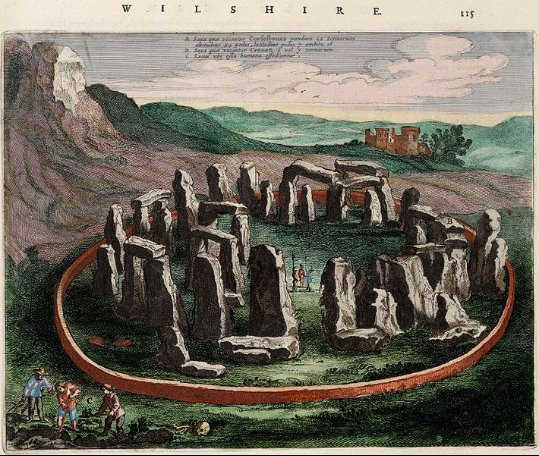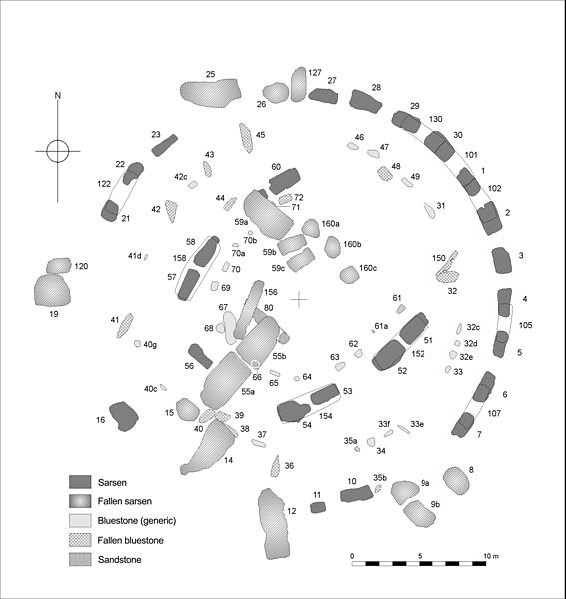Jesse Harasta - Historys Greatest Mysteries: Stonehenge
Here you can read online Jesse Harasta - Historys Greatest Mysteries: Stonehenge full text of the book (entire story) in english for free. Download pdf and epub, get meaning, cover and reviews about this ebook. year: 2013, publisher: CreateSpace Independent Publishing Platform, genre: Romance novel. Description of the work, (preface) as well as reviews are available. Best literature library LitArk.com created for fans of good reading and offers a wide selection of genres:
Romance novel
Science fiction
Adventure
Detective
Science
History
Home and family
Prose
Art
Politics
Computer
Non-fiction
Religion
Business
Children
Humor
Choose a favorite category and find really read worthwhile books. Enjoy immersion in the world of imagination, feel the emotions of the characters or learn something new for yourself, make an fascinating discovery.
- Book:Historys Greatest Mysteries: Stonehenge
- Author:
- Publisher:CreateSpace Independent Publishing Platform
- Genre:
- Year:2013
- Rating:4 / 5
- Favourites:Add to favourites
- Your mark:
Historys Greatest Mysteries: Stonehenge: summary, description and annotation
We offer to read an annotation, description, summary or preface (depends on what the author of the book "Historys Greatest Mysteries: Stonehenge" wrote himself). If you haven't found the necessary information about the book — write in the comments, we will try to find it.
*Discusses the theories about its age, construction, and purpose.
*Covers the archaeological and cultural history of the site as a place for science, religion and folklore.
*Includes a Bibliography.
The interest that has always attached itself to Stonehenge has, without doubt, been in a great measure due to the mystery as to the origin of this unique monument of bygone time. H.P. Blackmore, 1916.
For centuries, professional historians have labored through the painstaking task of documenting history as accurately as possible, but even with modern technology, archaeology, and records, some questions have eluded attempts to answer them. From the origins of Atlantis to the Lost Colony of Roanoke, the mysteries behind some of historys most famous people and events have fascinated countless generations. In Charles River Editors Historys Greatest Mysteries series, readers can discover the known, the unknown, and the possible answers to historys most enduring questions in the time it takes to finish a commute, while learning interesting facts long forgotten or never known.
On the Salisbury Plain, only a few hours from the hustle and bustle of Central London lies one of the greatest surviving relics of humanitys ancient past: the mighty stone circle of Stonehenge. Stonehenge is one of the most well-known ancient sites in the world, and an image of it raises numerous associations and emotional responses. Its impressiveness comes not only from its size and remarkable level of preservation, but moreso because of the incredible precision with which it was constructed during an era of simple technology and social organization. Obviously, it is a place of great importancethen and now.
Despite its placid, changeless appearance, Stonehenge has been a place of political, ideological and religious struggle for centuries. From the vigorous debates of 19th century theorists to the all-night dance parties of the 1980s, the history and legacy of Stonehenge is as much about the desires and fears of the people of modern Britain as it is about the ancients. Stonehenge has belonged to all of Britains people since its construction began roughly 5,000 years ago, and they have all added to its unfolding story.
Of course, Stonehenge has long fascinated the rest of the world too, as people continue to try to understand every aspect of the site and the underlying purpose of it. This involves an understanding of why Stonehenge is located where it is, what the materials consist of, and what archaeology has uncovered about the people who built it. On top of that, Stonehenge is a center of mythology and folklore that has evolved over time, establishing the foundation for a unique spiritual belief system that both celebrates Stonehenge as a living temple and challenges the official guardians of the place.
Historys Greatest Mysteries: Stonehenge comprehensively covers the facts, mysteries, and theories surrounding the ancient megalith. Readers will understand Stonehenge from all dimensions: as a physical place, an object of scholarly study, a site of ecstatic worship, a must see world-class tourist destination and a simultaneous icon of both history and counterculture. Along with pictures and a bibliography, you will learn about Stonehenge like you never have before, in no time at all.
Jesse Harasta: author's other books
Who wrote Historys Greatest Mysteries: Stonehenge? Find out the surname, the name of the author of the book and a list of all author's works by series.

